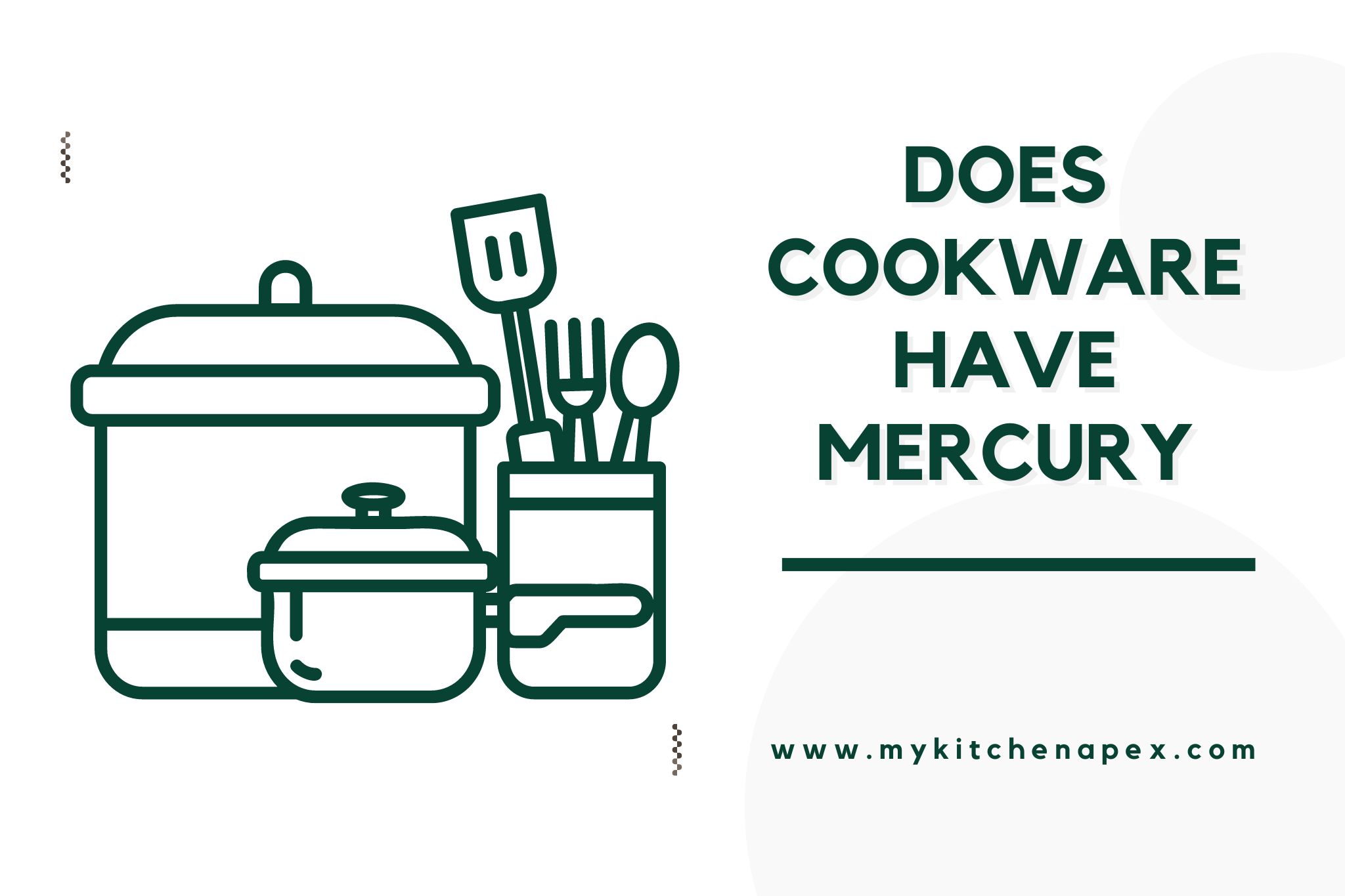Curious about whether your cookware contains mercury? You’re not alone in wondering about the potential health risks associated with this common kitchen item. As awareness grows surrounding the materials used in the production of cookware, it’s natural to question the presence of mercury in these products and how it may impact our health.
When it comes to the safety of our kitchen materials, it’s essential to stay informed on the potential risks and benefits associated with the products we use every day.
Whether you’re a seasoned chef or just starting out in the kitchen, understanding the presence of mercury in cookware is crucial for making informed decisions about your health and well-being.
Table of Content
Highlights:
- Cookware typically does not contain mercury
- Mercury can get into cookware through various sources
- Avoiding cookware made from aluminum, copper, and non-stick coatings can help minimize mercury exposure
does cookware have mercury
Cookware typically does not contain mercury, as it is a toxic metal and is not used in the production of most modern cookware. Instead, cookware is often made from materials such as stainless steel, aluminum, cast iron, and non-stick coatings, all of which are safe for cooking and food preparation.
However, it is essential to note that older or antique cookware, especially those made with ceramic glazes, may contain trace amounts of lead, which can be harmful if ingested over time.
When purchasing cookware, it is crucial to read product labels and descriptions to ensure that the materials used are safe and free from harmful substances. It is recommended to avoid using damaged or chipped cookware, as this can lead to the leaching of potentially harmful substances into food.
By choosing cookware made from reputable brands and materials and properly maintaining and using them, consumers can minimize the risk of exposure to toxic substances while cooking.
You May Also Like: does cookware have lead
How does mercury get into cookware?
Mercury can get into cookware through a variety of sources including manufacturing processes, contamination from other equipment used in the production of cookware, or from the raw materials themselves.
During the manufacturing of some cookware, mercury may be used in the production process and could potentially leach into the finished product. If equipment used in the production of cookware has come into contact with mercury, it could transfer to the cookware during manufacturing.
Another source of mercury in cookware can be from the raw materials used in the production process. Some metals and minerals used in the creation of cookware may naturally contain mercury, which can then be transferred to the finished product. It’s important for manufacturers to closely monitor and control the materials and processes used in the production of cookware to minimize the risk of mercury contamination.
Consumers should be aware of the materials used in their cookware and follow proper usage and care instructions to minimize potential exposure to mercury.
What are the dangers of mercury in cookware?
The dangers of mercury in cookware can present serious health risks. Mercury exposure through contaminated cookware can lead to neurological and kidney damage, especially when used for cooking acidic foods or at high temperatures. It is essential to be cautious and avoid using cookware that may contain mercury to prevent these harmful health effects.
High levels of mercury exposure from cookware can also pose risks to pregnant women, as it can potentially harm a developing fetus.
This makes it crucial to be mindful of the materials used in cookware and to opt for safer alternatives to minimize the potential health dangers associated with mercury exposure.
Also Read: do pans have copper
What cookware is safe from mercury?
When it comes to cookware that is safe from mercury, it’s important to look for options that are made from materials like stainless steel, cast iron, and glass. These materials are non-reactive and do not leach harmful chemicals into food, including mercury. Cookware that is labeled as “mercury-free” or “non-toxic” is also a safe choice for avoiding exposure to mercury.
Avoiding cookware made from materials such as aluminum, copper, and non-stick coatings can also help to minimize the risk of mercury exposure in the kitchen.
These materials have the potential to leach harmful chemicals, including mercury, when heated, making them less safe options for cooking and food preparation.
By choosing cookware made from safe, non-reactive materials, the risk of mercury contamination in food can be significantly reduced.
Also Read: can you use induction cookware on a gas stove
Final Thoughts
In conclusion, most modern cookware does not contain mercury, and it is important to choose materials such as stainless steel, cast iron, and glass that are non-reactive and do not leach harmful chemicals.
It is crucial to avoid using damaged or chipped cookware and to opt for options labeled as “mercury-free” or “non-toxic” to minimize the risk of mercury exposure. Mercury contamination in cookware can pose serious health risks, especially for pregnant women, so it is essential to stay informed and make informed decisions about the cookware we use in our kitchens.

